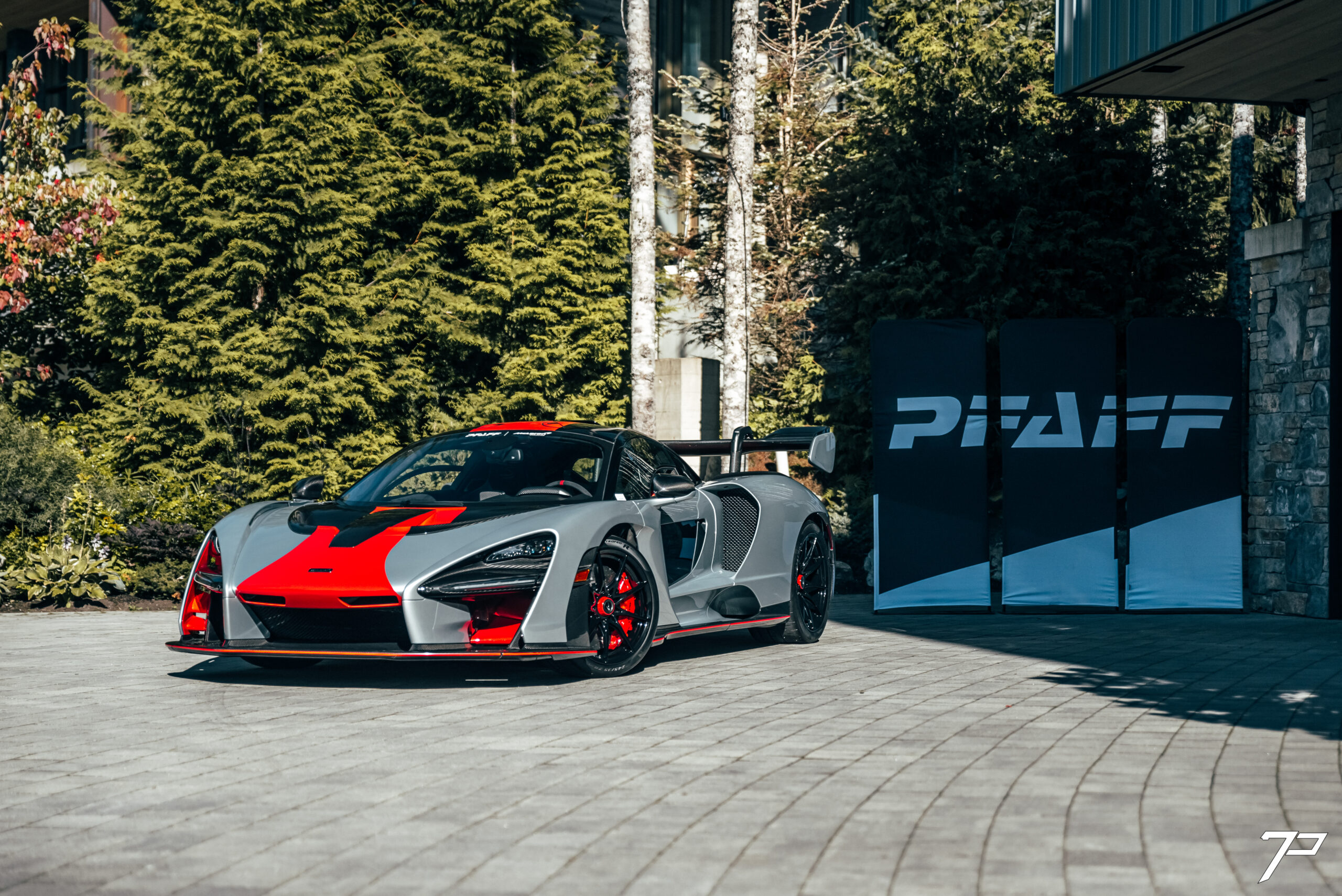Ayrton Senna.
A legendary Brazilian Formula One driver of the late 80s and early 90s who was an absolute master behind the wheel was tragically taken too soon. To commemorate his namesake, Mclaren produced a new supercar named after the famous driver in what they call their Ultimate Series level of cars, sharing that tier with the F1 and P1. In addition, Mclaren is one of the only companies in the world to reserve the rights of use for the Senna family name, along with an NGO (non-government organization) to help less-fortunate youth in his home country of Brazil.

Though he began his career with private constructor Toleman and followed that with Lotus, Senna drove with Team Mclaren-Honda for most of his Formula One career (1988-1993). With his incredible skills in driving, he brought three drivers’ championships, 35 Grand Prix wins and four constructors’ championships for team Mclaren. Senna held the record for the most pole positions (65) until 2006, when Michael Schumacher surpassed that (Ayrton still has the record for most consecutive pole positions). A testament to his skill was noted in the 100 most significant moments in sporting history during the opening lap at Donington in the 1993 European Grand Prix when he drove from fifth place to first in less than a lap with pouring rain behind the wheel of his Mclaren MP4/8. Unfortunately, Ayrton tragically passed away on lap 7 of the San Marino Grand Prix in 1994 when his car left the track and collided with a concrete barricade, thought to have occurred from a modified steering column failure of his Williams-Renault FW16.


Memorializing Mr. Senna in an automobile meant its primary focus, just like the man himself, was to achieve faster lap times regardless of the form of competition. Thus it uses several aerodynamic enhancements such as a dual-plane electronically adjustable rear spoiler, twin sectioned diffusers, and a Formula One-inspired roof scoop. Based on the 720S and P1, the Senna uses the same carbon-fibre monocell with extruded aluminum front and rear subframes. The interior is littered with carbon and Alcantara, with the seats optionally covered in the soft, grippy material. The Brazilian flag appears on the tail, affixed above the exhaust outlets honouring Ayrton Senna’s home country.


Power comes from a modified version of the 4.0 litre twin-turbocharged V8 dubbed the “M840TR” lifted from the 720S. This particular version can produce 789hp and 590lb/ft of torque thanks to dry-sump lubrication, Mitsubishi twin-scroll turbochargers, and electronic wastegates. All that power is put to the ground through the Dana-Graziano 7-speed dual-clutch transmission exclusively to the rear wheels. Unlike the P1, the Senna does not use an electric motor nor have any hybrid functions to keep weight low at only 1198kg (2641lbs). This gives the Senna an incredibly advantageous power-to-weight ratio of 658hp per ton, beating out other contemporary supercars such as the LaFerrari, Bugatti Veyron Super Sport and Porsche 918 Spyder. Using that power, the Senna slingshots from 0-100(62mph) in 2.8 seconds, through the quarter-mile in 9.9 seconds and onto a top speed of 335km/hr (208mph).

With all that power comes the need to use it effectively and, most importantly: stop. The Senna has also borrowed the RaceActive Chassis Control 2 suspension system from the 720S, albeit modified to suit racing conditions. This system is semi-active hydraulic, meaning the vehicle has no traditional springs or struts. Instead, the computer-controlled system uses needle valves to adjust each corner individually, following road conditions and all driver inputs.

Stopping power comes from Brembo in the form of carbon-ceramic discs and six-piston monobloc calipers inspired by Formula 1, which measures 390mm (15.35in) at all four corners. The stopping power of the braking system is strong enough for the Senna to hold the world record for 200km/hr-0 and does it in 100 meters. The braking system is greatly aided by the enormous rear spoiler and a set of actuated dividers in the front bumper. These tricks allow the car to produce intentional drag whenever the driver demands the Senna to come to shed speed as fast as possible. Besides shedding speed, the active aero can produce 800kg of downforce (at 249km/h or 155mph) and achieve over 1000kg at higher speeds. Which is almost equivalent to the curb weight of the current Mazda MX-5 Miata RF.


The Senna showcases what building a track-focused supercar means, and we quite enjoy that. Do you think this car is a fitting homage to Ayrton Senna?




